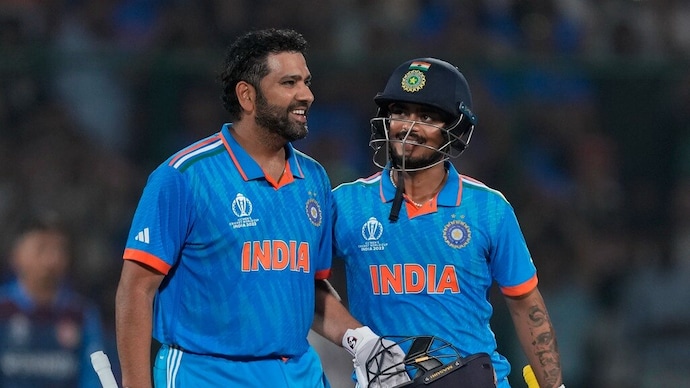In cricket, the scenario you describe, where a player retires out in the first Super Over and then comes back to bat in the second, is quite unusual. However, the legality of such an action depends on the specific rules in place during the match. As of my last knowledge update in January 2022, I don’t have the details of this specific incident, so I’ll provide a general overview based on standard cricket rules up to that point.
According to traditional cricket rules, if a batsman retires out, they are generally not allowed to return to bat in the same innings unless specific circumstances permit it, such as the fall of wickets. However, Super Overs are unique situations designed to break ties in limited-overs matches, especially in T20 matches.

SOURCE:- BBC NEWS
Typically, Super Over rules may not explicitly address a scenario where a player retires out in the first Super Over and then returns to bat in the second. It’s essential to refer to the specific playing conditions or rules set by the governing body or the tournament organizers for that particular match.
SOURCE:- SKY SPORTS
If the rules don’t explicitly prohibit a player from returning after retiring out in the first Super Over, then it may be considered legal. Cricket rules are subject to periodic updates and variations, so it’s crucial to refer to the latest regulations applicable to the specific match or series in question.
To get the most accurate and up-to-date information on this specific incident involving Rohit Sharma, it’s recommended to check the official match report, statements from the cricket board, or reliable sports news sources for any clarifications or updates on the incident and the interpretation of the rules.
Share your views in the comments

